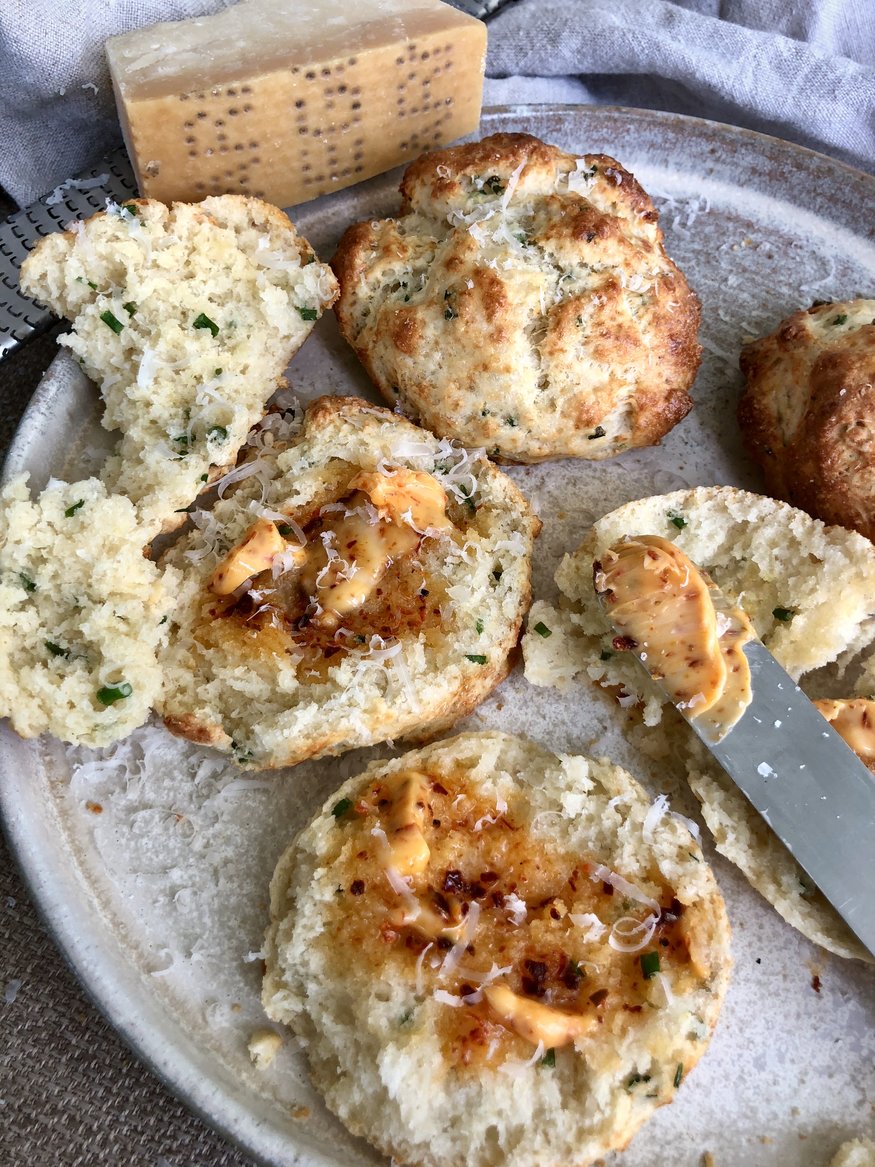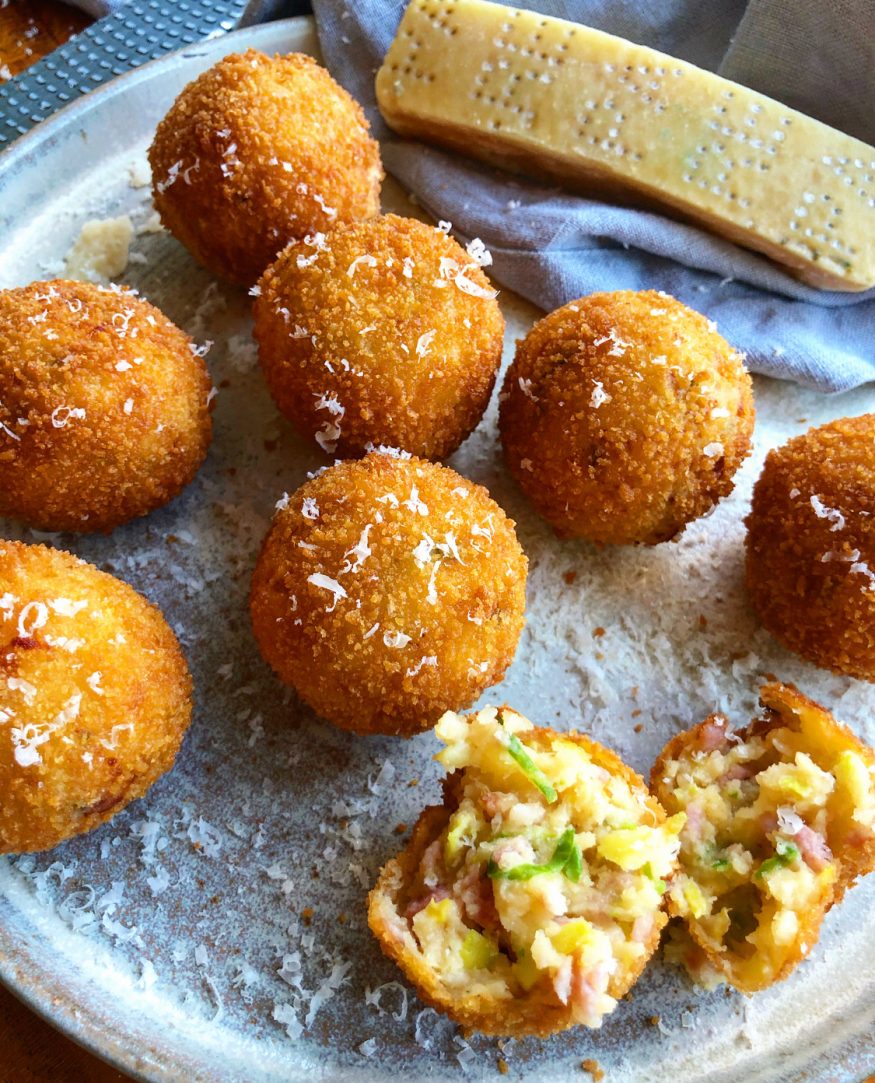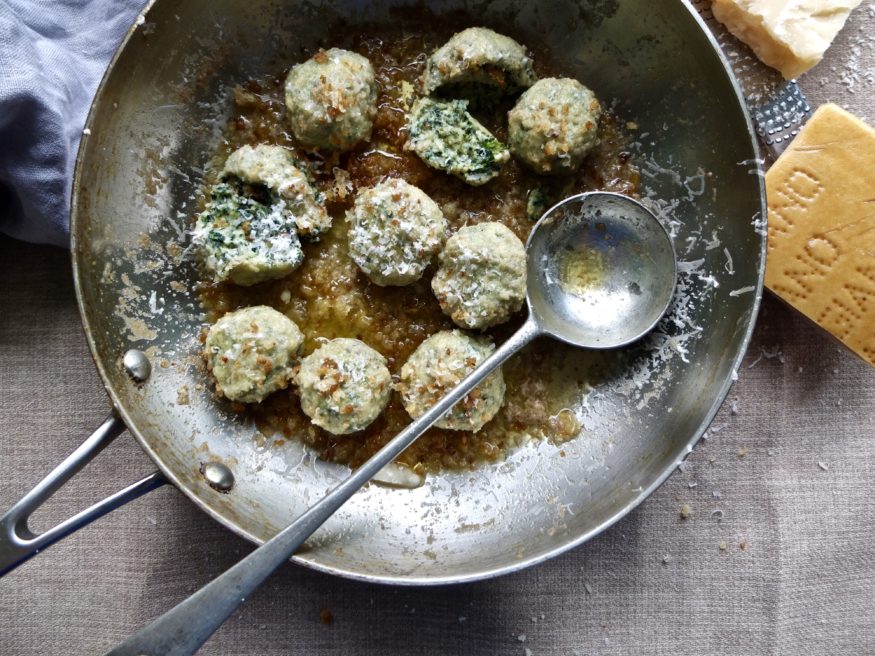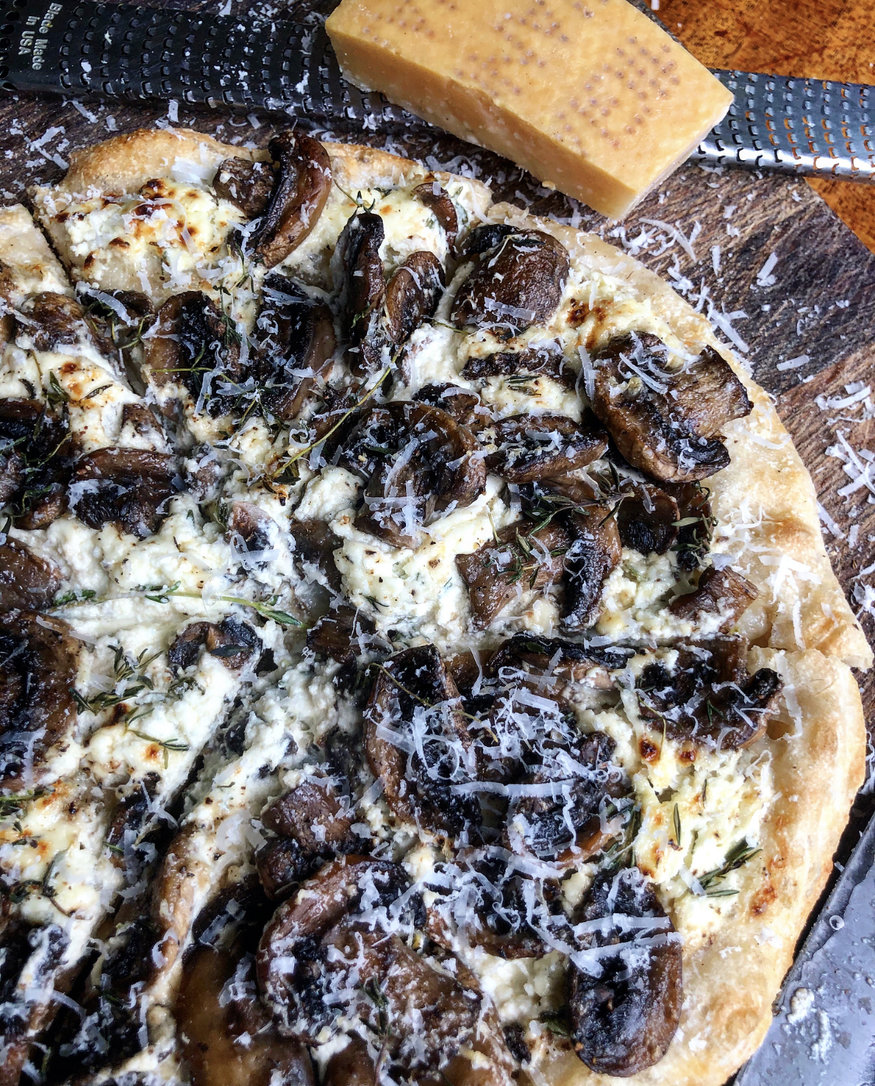
This is the third of three recipes developed in partnership with Parmigiano Reggiano
I had no idea how prominently pizza would feature in my lockdown experience. I used to frequent my local pizzeria (Theo’s in Camberwell) at least once a week for a bubble-crusted beauty topped with scotch bonnet ‘nduja, or anchovies, olives and capers. Occasionally, I’d go classic and order a Margherita, but I’d always have a plate of mortadella and pickled chillies to start and finish by swiping the last piece of dough through a pool of their famous chilli sauce.
When the pizzeria closed I was left pining along with so many others, missing their own regular haunts. Photos of homemade attempts (good and bad) appeared on Instagram as we all tried to recreate a slice or eight of our favourite carbohydrate.
Then one day, Theo’s reopened for delivery! Even better, my boyfriend, recently unemployed thanks to the virus, began delivering pizzas to the local hospital for them, as part of a public donation scheme. Soon, we had a steady supply not only of pizza but of *free* pizza. We found our happy place amid the Corona-chaos.
One evening my boyfriend called me during his shift; he’d come off the bike thanks to a nasty pothole, flown over the handlebars and broken his collarbone (and three ribs for good measure). His pizza delivering days were over, but at least he’d been right outside the hospital when it happened.
Someone else delivers the pizzas now, and although we still order them, I’ve also started making some at home, as a kind of make-peace-with-pizza activity. They’re great cooked on the barbecue where temperatures are high, but I wanted to crack an indoor version, just because.
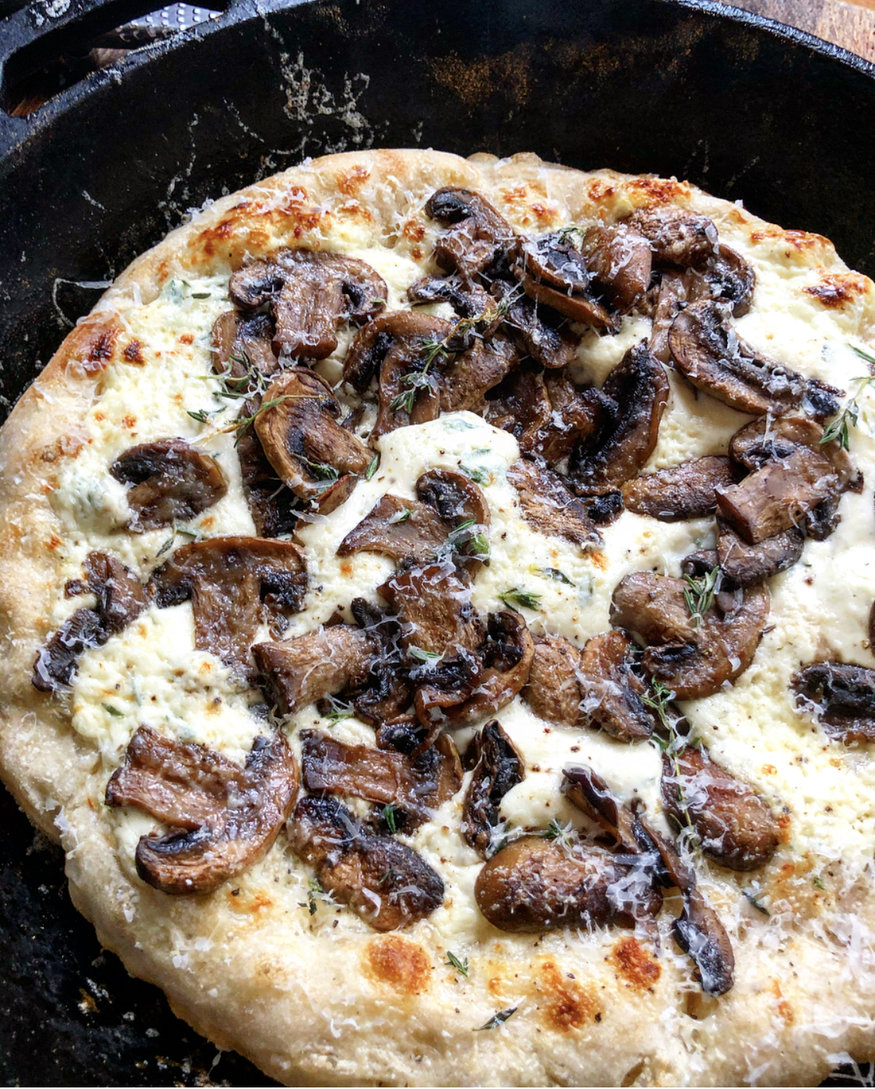
It’s cooked in a cast-iron frying pan, which can get suitably hot before it’s popped under the grill to brown the top. It has a bubbly crust, crisp bottom and soft insides and I’m very happy with it. It’s topped with creme fraiche, spiked with a generous amount of garlic, which is creamy yet fresh, and somehow lighter than cheese but with a comparable mouthfeel. Almost like a pizza that learnt to self dip.
The lack of mozzarella also makes way for plenty of Parmigiano Reggiano to finish, which is grated over at the end so it stays fluffy. Interestingly, any Parmigiano Reggiano which is sold pre-grated must take place in the area of origin, which is admirable dedication to protecting PDO status. I promise I’m only grating mine for personal use, officer. I’d love to visit the region one day and see the cheese being made; it’s produced in only a small area of Northern Italy including the provinces of Parma, Reggio Emilia, Modena, Mantua to the right of the river Po and Bologna to the left of the river Reno, over a surface area of approximately 10,000km. Specific enough for ya? Thankfully, there are no restrictions on area of consumption.
Garlic Creme Fraiche, Mushroom and Parmigiano Reggiano Pizza Recipe
Makes 2 pizzas
250g ‘00’ flour
1 teaspoon dried yeast
½ teaspoon salt
Large pinch sugar
160ml water
500ml creme fraiche
3 cloves garlic, grated or crushed
250g mushrooms, thickly sliced
Big knob of butter
A couple of tablespoons fresh thyme leaves
Plenty of Parmigiano Reggiano
Mix the flour, yeast, sugar and salt, then add the water and mix until you have a dough. Knead very briefly until just smooth, then cover and allow to rest overnight at room temp.
The next day, tip the dough onto a lightly floured surface, divide into two balls, cover loosely and leave for about an hour.
Combine the garlic, creme fraiche and a couple of teaspoons of thyme leaves in a bowl, seasoning with salt and pepper.
Melt the butter in a frying pan over medium heat and add the mushrooms. Cook, with minimal stirring for 5-10 minutes, or until there’s no liquid left and the mushrooms have started to colour. Stir the mushrooms, season, then set aside.
Heat a cast-iron frying pan/skillet over medium-high heat for 5 minutes. Preheat your grill to medium.
Use your hands to stretch one ball of dough into a pizza shape, leaving it a bit thicker at the crust.
Place the dough into the frying pan and cook for a minute or so until the top begins to dry out. Add your creme fraiche and mushrooms. Cook for a couple of minutes more, then add a little more thyme, a good grating of Parmigiano Reggiano and pop under the grill under starting to turn golden in places.
Garnish with plenty more Parmigiano Reggiano and serve.
